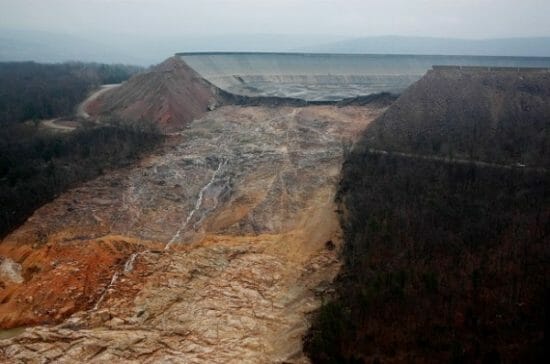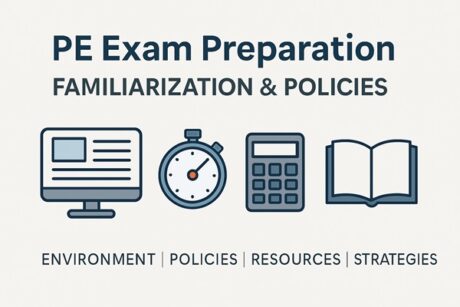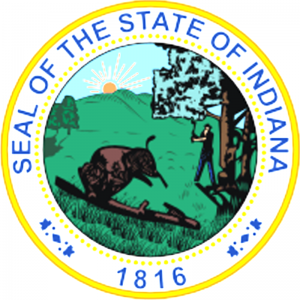No data found for Custom Course Number
No data found for Custom Course Units
Intended Audience: All Engineers.
PDH UNITS: 2
In the morning of December 14th, 2005, the upper reservoir of the Taum Sauk Pumped Storage Project near Lesterville, Missouri, USA, was overtopped during the final pumping cycle. Overtopping of the 10 ft high parapet wall and subsequent failure of the rockfill embankment formed a breach about 720 feet wide at the top of the rockfill dam and 430 feet at the base. The breach widened quickly, and complete evacuation of the 4,350 acre-ft upper reservoir occurred within about 25 minutes. This course provides instruction in engineering ethics through a case study of the Taum Sauk failure. The interaction between decisions made in the original design process in the 1960s and errors made in installing new water-level control instrumentation in 2004 is discussed in detail. This course is based on FERC Report No. P-2277, “Taum Sauk Upper Dam Breach, Technical Reasons for the Breach of December 14, 2005,” prepared by the FERC Independent Panel of Consultants, May 24, 2006.
Learning Objectives:
At the successful conclusion of this course, you’ll be able to identify and discuss:- Understanding that ethical behavior requires taking greatly increased precautions if the risk of catastrophic failure is found to have increased;
- Understanding that ethical behavior requires assuming responsibility for ensuring that safety is maintained, when an existing project is modified;
- Learning that ethical behavior requires recognizing one’s own limitations of technical expertise and accordingly seeking guidance from knowledgeable personnel, when applying one’s expertise to a narrowly focused modification of a large complex project, the general theory and practice of which are not included in one’s expertise;
- Understanding that ethical behavior requires determining how overall safety of a large complex project can be affected by individual tasks, often seemingly small;
- Understanding that ethical behavior requires being familiar with the assumptions used in the original design of a complex project and how safety will be affected by proposed modifications in the project;
- Learning that ethical behavior requires documenting the reasoning behind technical decision making so that mistakes can be identified and avoided in the future;
- Learning about the theory, construction, and maintenance of rockfill dams; and
- Learning about the monitoring and failure modes of rockfill dams.
Course Reviews
5
- 5 stars1
- 4 stars0
- 3 stars0
- 2 stars0
- 1 stars0
Once completed, your order and certificate of completion will be available in your profile when you’re logged in to the site.











I found this course interesting because of the root cause and how changes to the design were made during construction. As design engineers, we are frequently contacted during construction to approve changes due to field conditions. I can’t help but wonder if the transducers would have failed if the protection pipe anchors were installed as designed.